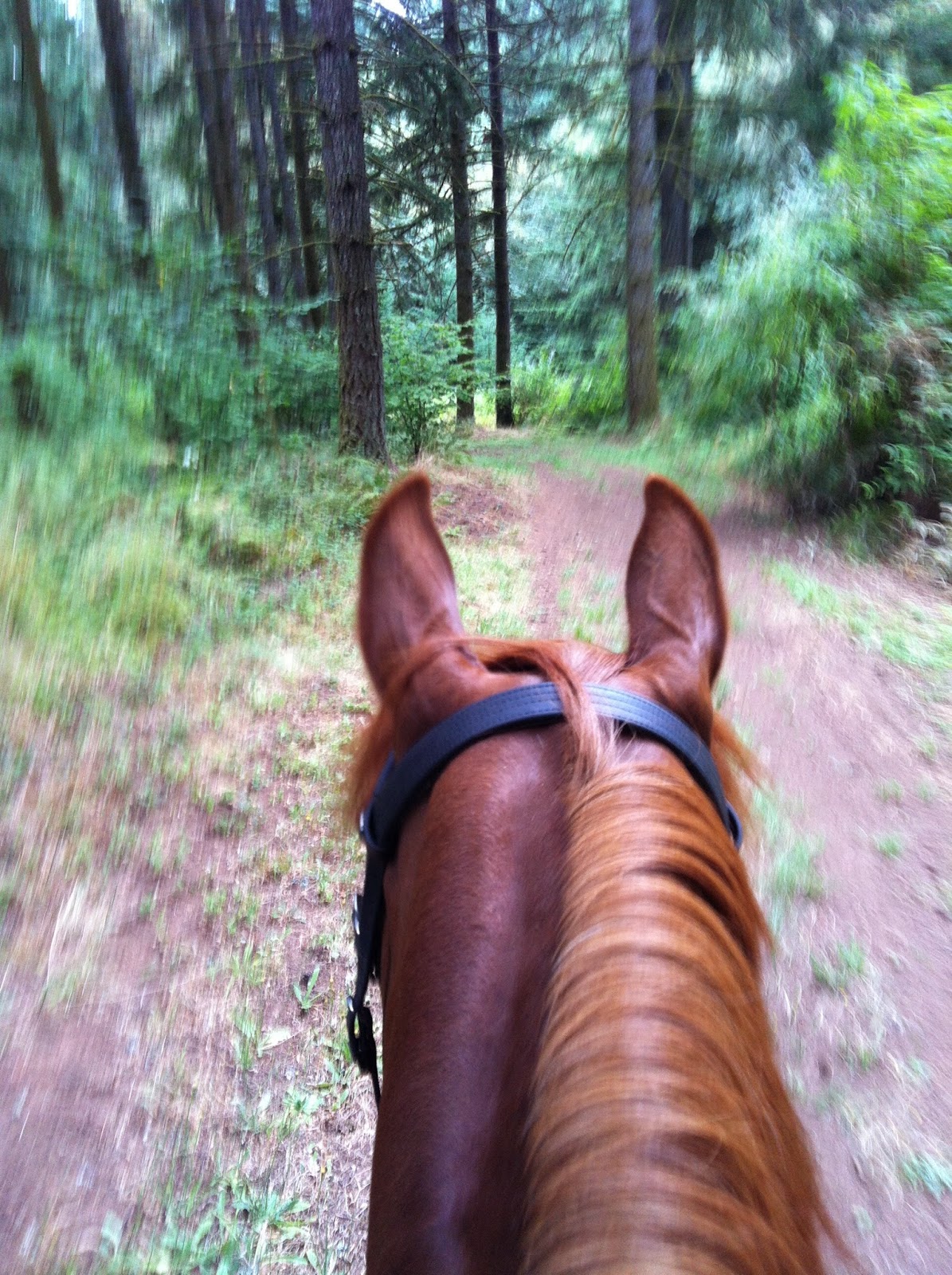This later part of the talk dealt mainly with other niceties beyond what to feed during and after an endurance ride. In other words: what about the fiddly supplementation you can do with horses? Why do it, and what substances matter and why?
Other Supplementation in
Endurance Horse Diets
There was some discussion about other supplements that are commonly fed
to endurance horses, which was great to hear because some of these issues apply
to Deli and I now even though we are just starting back into riding more vigorously!
Magnesium (Mg) is commonly
fed because it helps muscle and nerve function. I actually feed Deli magnesium and
chromium to help curb her anxiety (and yes, it helps). What I didn’t know is
that feeding too much Mg can inhibit calcium absorption because Ca and Mg are
absorbed through the same pathways. And yes, endurance horses do need that
calcium (see discussion below). Dr. Steve Duran’s recommendation was to feed no
more than 25g of magnesium daily to avoid issues with Ca absorption.
 Calcium (Ca) supplementation
can be helpful because calcium functions in muscle
contractions. An easy way to get some more Ca in an endurance horse’s diet
is to add a little alfalfa. Beet pulp is also higher in Ca than grass hays.
Calcium (Ca) supplementation
can be helpful because calcium functions in muscle
contractions. An easy way to get some more Ca in an endurance horse’s diet
is to add a little alfalfa. Beet pulp is also higher in Ca than grass hays.
Beet pulp is a common feed in
the world of endurance, and Dr. Duren had some things to say about it as a forage source. In this discussion it was
acknowledged that beet pulp is essentially a super fiber – it is 80% digestible compared to hay, which is
normally around 50% digestible. In my nutrition classes in college beet pulp
was always referred to as a soluble fiber
for this reason. As far as this expert was concerned, it was a safe forage
feed but without a lot of its own nutritive value beyond that it as a
digestible fiber. Oh, and it really is a myth that if a horse eats un-soaked
beet pulp it will swell and explode in their stomachs. You won’t believe how
many boarding barns I have been at where the barn manager was under the
impression beet pulp would lead to horses exploding left and right, so it as nice
to hear this myth stomped on yet again by an expert.
Selenium (Se) is a mineral
that is deficient in many Oregon soils where hay is grown, and so I supplement
Deli with it as a matter of course. Both selenium and vitamin E are also
antioxidants that help prevent the condition of tying up, so these minerals are
a good thing to add to an endurance horse’s diet beyond the fact that they
might not be getting what they need from the hay they are eating.
That's all for endurance horse nutrition! Next up will be my notes on lameness in endurance athletes at the ride, which includes some discussion on the function of endurance vets and what exactly they are looking for in those trot outs. It was a great panel for the endurance green bean in me to hear the vet talk about ride vet checks, and I hope my notes in the topic will be helpful for others as well.
No comments:
Post a Comment